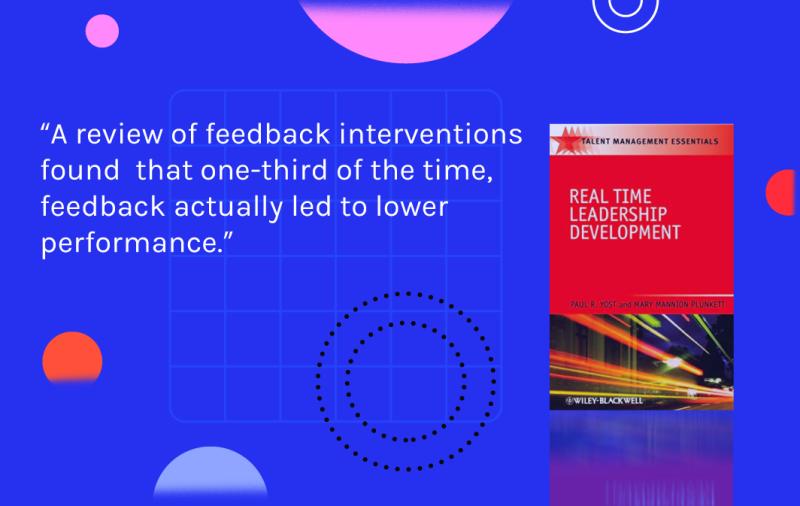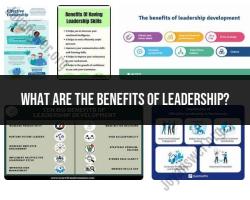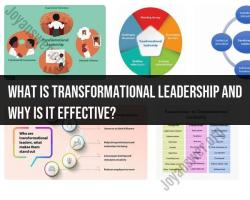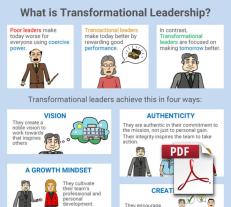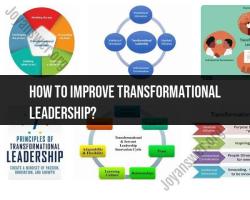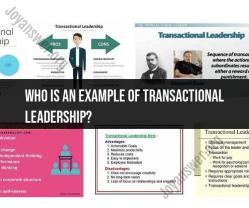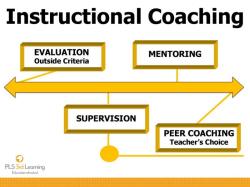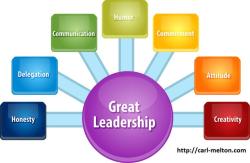How to provide developmental feedback?
Providing developmental feedback is a crucial aspect of effective leadership and employee growth. Constructive feedback can help individuals understand their strengths, identify areas for improvement, and enhance their overall performance. Here are some strategies for providing developmental feedback in a constructive and effective manner:
Be Specific and Descriptive:
- Provide specific examples of behaviors or actions that illustrate your feedback. Being specific helps the individual understand exactly what you observed and allows for targeted improvement.
Focus on Behavior, Not Personality:
- Frame your feedback around specific behaviors or actions rather than making it about the person's personality. This helps ensure that the feedback is objective and avoids making it personal.
Use the SBI Model:
- The Situation-Behavior-Impact (SBI) model is a useful framework for providing feedback. Describe the situation, the observed behavior, and the impact it had. This structure helps to keep the feedback focused and actionable.
Balance Positive and Constructive Feedback:
- While addressing areas for improvement, also highlight the individual's strengths and positive contributions. Balancing feedback creates a more well-rounded and motivating discussion.
Offer Feedback in a Timely Manner:
- Provide feedback as close to the observed behavior as possible. Timely feedback allows the individual to better connect the feedback with their actions and helps in addressing issues promptly.
Create a Supportive Environment:
- Foster a supportive and open environment for feedback. Ensure that the individual feels comfortable receiving feedback and encourage a two-way conversation.
Be Mindful of Tone and Language:
- Choose your words carefully and maintain a respectful tone. Avoid language that may be perceived as accusatory or judgmental. Use neutral and constructive language.
Ask Open-Ended Questions:
- Encourage a dialogue by asking open-ended questions. This allows the individual to share their perspective, concerns, or ideas for improvement.
Link Feedback to Goals and Growth:
- Connect feedback to the individual's goals and professional development. Discuss how addressing specific areas for improvement can contribute to their overall growth and success.
Collaborate on Solutions:
- Instead of dictating solutions, work collaboratively with the individual to identify strategies for improvement. This empowers them to take ownership of their development.
Follow-Up and Track Progress:
- Schedule follow-up conversations to track progress and provide ongoing support. Acknowledge improvements and address any new challenges that may arise.
Use Positive Reinforcement:
- Reinforce positive behaviors by acknowledging and praising progress. Positive reinforcement can be a powerful motivator for continued improvement.
Remember that effective developmental feedback is an ongoing process, not a one-time event. By fostering a culture of continuous improvement and providing constructive guidance, you contribute to the professional growth and success of your team members.
Professional growth: How to provide developmental feedback?
Providing developmental feedback is an essential aspect of fostering a culture of growth and continuous improvement in the workplace. By offering constructive and actionable feedback, managers and leaders can help employees identify their strengths, address areas for improvement, and enhance their overall performance.
Strategies for offering constructive and developmental feedback to support professional growth
Here are some strategies for offering constructive and developmental feedback to support professional growth:
Focus on specific behaviors or actions: Instead of making general statements, provide specific examples of behaviors or actions that exemplify strengths or areas for improvement.
Balance positive and negative feedback: While addressing areas for improvement, also highlight positive contributions and strengths to maintain a balanced and supportive approach.
Frame feedback as an opportunity for growth: Emphasize that feedback is intended to help the employee develop and improve rather than criticize or judge them.
Use "I" statements: Instead of accusatory "you" statements, use "I" statements to express your observations and feelings, such as "I feel that..." or "I noticed that..."
Ask open-ended questions: Engage the employee in a dialogue by asking open-ended questions to encourage self-reflection and understanding of their performance.
Provide clear and actionable suggestions: Offer specific and actionable suggestions for improvement, providing guidance on how the employee can address identified areas.
Set expectations and follow up: Clearly communicate expectations for future performance and establish follow-up meetings to track progress and provide ongoing support.
Tips for managers and leaders in fostering a positive and growth-oriented feedback culture
Here are some tips for managers and leaders in fostering a positive and growth-oriented feedback culture:
Normalize feedback: Encourage regular and ongoing feedback, creating a culture where feedback is seen as a valuable tool for growth rather than a punitive measure.
Train managers on effective feedback delivery: Provide training and resources to managers on how to deliver effective and constructive feedback.
Encourage peer feedback: Encourage employees to provide feedback to each other, creating a collaborative and supportive learning environment.
Recognize and reward feedback-seeking behavior: Acknowledge and appreciate employees who actively seek feedback, demonstrating the importance of continuous improvement.
Address feedback concerns promptly: Address any concerns or issues raised through feedback promptly and professionally.
Model feedback-seeking behavior: As a manager or leader, actively seek feedback from your team members, demonstrating the importance of feedback in your own professional development.
By implementing these strategies and fostering a positive feedback culture, managers and leaders can empower employees to take ownership of their professional growth and achieve their full potential.
